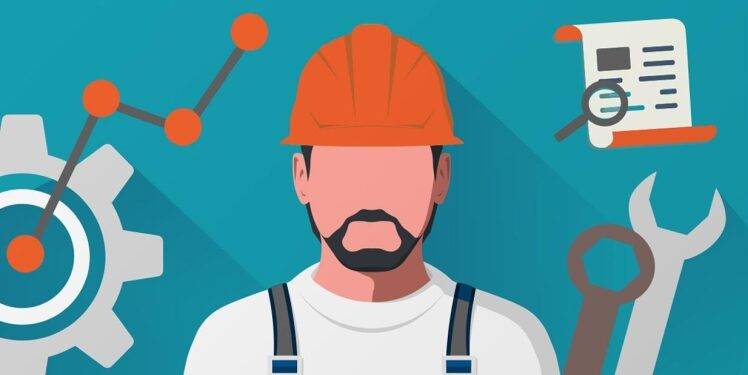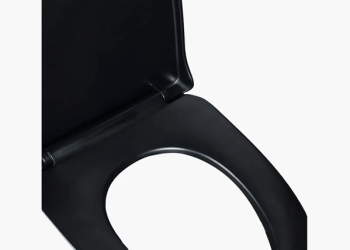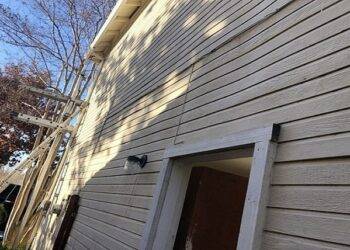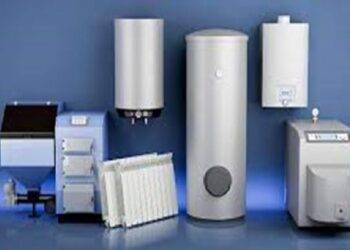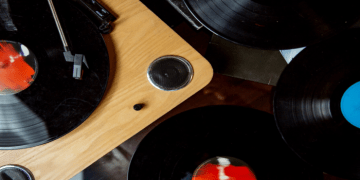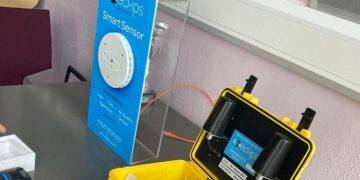In industrial settings, efficient cleaning and maintenance are essential for maintaining productivity, safety, and the longevity of equipment. An optimized cleaning and maintenance schedule ensures that tasks are performed at the right intervals, minimizing downtime and maximizing efficiency. From routine inspections to specialized cleaning methods like blast chamber cleaning, there are several strategies you can implement to optimize your industrial cleaning and maintenance schedule. In this article, we’ll explore practical tips to help you achieve maximum efficiency.
Assess Your Cleaning and Maintenance Needs
The first step in optimizing your cleaning and maintenance schedule is to assess your specific needs. Different industrial environments and equipment have unique cleaning and maintenance requirements. Start by conducting a thorough evaluation of your facility and equipment to identify key areas that require attention.
Consider the frequency and intensity of cleaning and maintenance tasks required for different equipment, machinery, and workspaces. Take into account factors such as production cycles, equipment usage, environmental conditions, and safety regulations. This assessment will provide a solid foundation for building an efficient cleaning and maintenance schedule tailored to your industrial facility.
Implement Preventive Maintenance Strategies
Preventive maintenance is a proactive approach that focuses on identifying and addressing potential issues before they lead to breakdowns or costly repairs. By implementing preventive maintenance strategies, you can optimize your cleaning and maintenance schedule and minimize unplanned downtime.
Establish a schedule for regular inspections, lubrication, calibration, and other preventive maintenance tasks for your equipment. Create a comprehensive checklist and utilize maintenance management software to track and manage maintenance activities effectively. This proactive approach helps identify any signs of wear, damage, or potential problems early on, allowing for timely repairs and minimizing disruptions to production.
Plan and Prioritize Cleaning Tasks
An organized approach to cleaning is crucial for maximum efficiency. Develop a cleaning plan that outlines the frequency and scope of cleaning tasks required for different areas of your facility. Prioritize tasks based on their impact on productivity, safety, and compliance.
Divide your facility into zones and assign specific cleaning responsibilities to designated teams or individuals. This approach ensures that cleaning tasks are distributed efficiently and completed within the scheduled time frame. Regularly review and update your cleaning plan to accommodate any changes in equipment, workflow, or safety requirements.
Consider Specialized Cleaning Methods
Industrial facilities often require specialized cleaning methods to remove tough residues, contaminants, or scale buildup. One such method is blast chamber cleaning, which utilizes high-pressure blasting techniques to clean and prepare surfaces. Blast chamber cleaning is particularly effective for removing rust, paint, scale, and other stubborn deposits.
Evaluate whether blast chamber cleaning or other specialized cleaning methods are necessary for your specific cleaning needs. Determine the frequency and timing of these tasks, considering factors such as equipment usage, maintenance schedules, and production downtime. Collaborate with experienced cleaning service providers to ensure the proper implementation of specialized cleaning techniques while minimizing disruption to your operations.
Invest in Training and Equipment
Efficient cleaning and maintenance schedules are dependent on well-trained staff and appropriate equipment. Provide comprehensive training to your cleaning and maintenance teams to ensure they understand the procedures, safety protocols, and best practices associated with their tasks. Regularly update training programs to incorporate new techniques, equipment, and safety regulations.
Equip your teams with the necessary tools, cleaning agents, and personal protective equipment (PPE) to perform their tasks safely and effectively. Consider investing in advanced cleaning equipment and technologies that streamline processes, reduce labor time, and improve overall efficiency. Well-maintained and up-to-date equipment ensures that tasks are completed accurately and on schedule.
Monitor and Adjust Your Schedule
Regular monitoring and evaluation are essential to ensure the effectiveness of your cleaning and maintenance schedule. Keep track of cleaning and maintenance tasks, their completion dates, and any issues or delays encountered. Analyze this data to identify bottlenecks, areas for improvement, or potential adjustments to your schedule.
Consider gathering feedback from your cleaning and maintenance teams to gain insights into the challenges they face and any suggestions for optimizing the schedule. Use this feedback to fine-tune your schedule, streamline processes, and address any underlying issues that may hinder efficiency.
Optimizing your industrial cleaning and maintenance schedule is vital for maximizing efficiency, productivity, and safety. Assess your specific needs, implement preventive maintenance strategies, plan and prioritize cleaning tasks, consider specialized cleaning methods like blast chamber cleaning when necessary, invest in training and equipment, and regularly monitor and adjust your schedule. By adopting these practices, you’ll create an optimized cleaning and maintenance routine that ensures the smooth operation of your industrial facility while minimizing disruptions and costly breakdowns.

